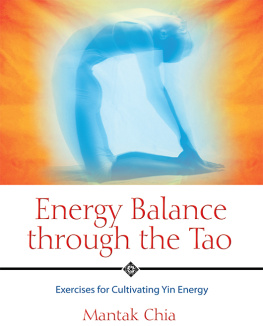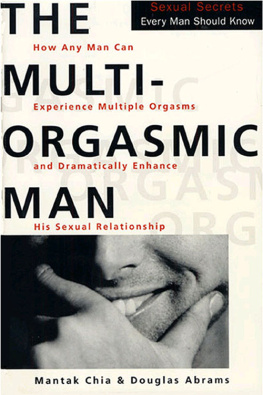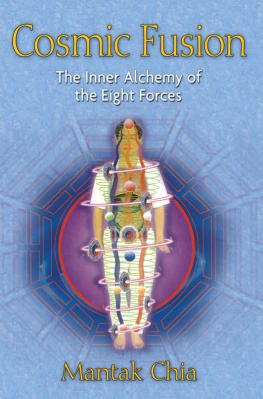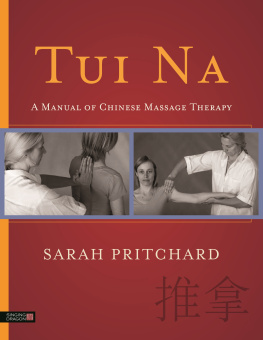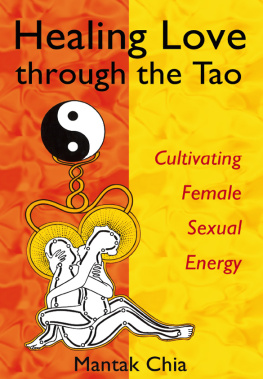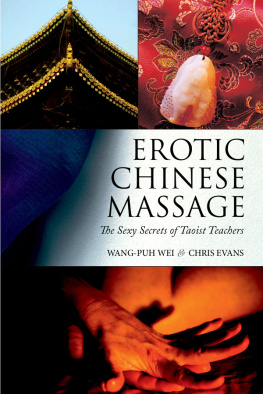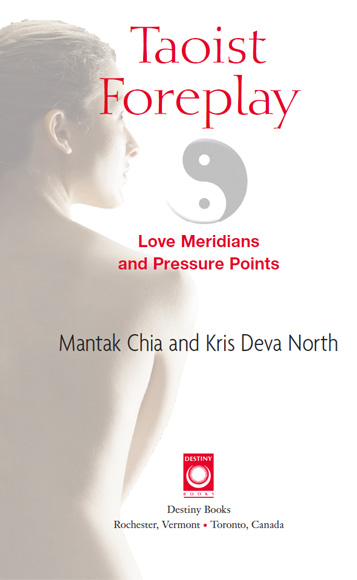
Acknowledgments
The Universal Tao Publications staff involved in the preparation and production of Taoist Foreplay extend our gratitude to the many generations of Taoist masters who have passed on their special lineage, in the form of an unbroken oral transmission, over thousands of years. We thank Taoist Master Yi Eng for his openness in transmitting the formulas of Taoist Inner Alchemy. We also wish to thank the thou-sands of unknown men and women of the Chinese healing arts who developed many of the methods and ideas presented in this book.
We offer our eternal gratitude to our parents and teachers for their many gifts to us. Remembering them brings joy and satisfaction to our continued efforts in presenting the Universal Tao System. For their gifts, we offer our eternal gratitude and love. As always, their contribution has been crucial in presenting the concepts and techniques of the Universal Tao.
We thank the many contributors essential to this books final form: the editorial and production staff at Inner Traditions/Destiny Books for their efforts to clarify the text and produce a handsome new edition of the book.
We wish to thank the following people for their assistance in producing the original edition of this book: Michael Cullingworth, Ian Jackson, Red James, Beata Kociatyn, Jaclyn Snyders, Kris Deva North, and Sutharshini for photography and artwork; Sue Hix for authorizing the use of illustrations from her excellent classical meridian charts; Matt Lewis and anonymous others for donating their bodies to photography; Liz Peart and Ursula Gavin for their advice and support; Jaclyn Snyders for impeccable research, artwork, and tireless application.
Special thanks to teachers and students of the Zen School of Shiatsu in London who conscientiously investigated modern applications of ancient secrets and donated their time and talents to the creation of the ideas and illustrations. Finally, love and gratitude to Lee Dubens, Kris Deva Norths cofounder of the Zen School, without whom none of this would have happened.
A special thanks goes to our Thai production team: Raruen Keawapadung, computer graphics, and Saniem Chaisarn, production designer.
Contents
Putting Taoist Foreplay into Practice
The practices described in this book have been used successfully for thousands of years by Taoists trained by personal instruction. Readers should not undertake the practice without receiving personal transmission and training from a certified instructor of the Universal Tao, since certain of these practices, if done improperly, may cause injury or result in health problems. This book is intended to supplement individual training by the Universal Tao and to serve as a reference guide for these practices. Anyone who undertakes these practices on the basis of this book alone does so entirely at his or her own risk.
The meditations, practices, and techniques described herein are not intended to be used as an alternative or substitute for professional medical treatment and care. Any reader suffering from illnesses based on psychological or emotional disorders should consult an appropriate professional health care practitioner or therapist. Such problems should be corrected before you start training.
This book does not attempt to give any medical diagnosis, treatment, prescription, or remedial recommendation in relation to any human disease, ailment, suffering, or physical condition whatsoever.
The Universal Tao cannot be responsible for the consequences of any practice or misuse of the information in this book. If the reader undertakes any exercise without strictly following the instructions, notes, and warnings, the responsibility must lie solely with the reader.
Love, Sex, and Touch
Your body is a landscape
of hills and valleys,
woodland glades,
caves of delight
pastures of pleasure,
stirred by breezes of bliss,
fed by rivers of desire,
watered by clouds and rain of ecstasy.
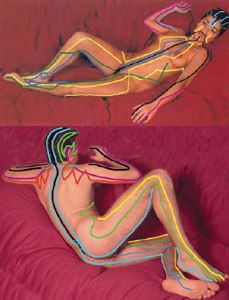
Fig. 1.1. The body is alandscape.
Nature has gifted us
with eyes to see these wonders,
ears to hear the sounds of love,
noses to smell the fragrance of passion,
tongues to taste the fruits of desire,
lips to kiss,
and hands to touch.
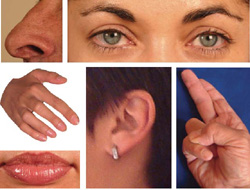
Fig. 1.2. The senses: natures gift
Whoever you arewoman or man, straight, gay, or biyou can become a far more effective lover! The act itself is natural. You know what to do. It is the moments leading up to the act that make it more or less pleasurable for you and your partner. As with cooking a Chinese meal, preparation is the key. Knowing the psycho-sensual secrets of certain pressure points and energy channels of the body will help you become a better lover, however good you are already (figs. 1.3 and 1.4). You may have discovered this for yourself, quite by chance. Using these secrets will help you to create and enjoy longer and more pleasurable sexual encounters. You will be able to prolong peak moments beyond bliss into ecstasy.
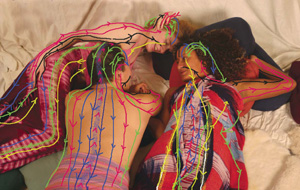
Fig. 1.3. Become a better lover by knowing the psycho-sensual secrets ofpressure points and energy channels.
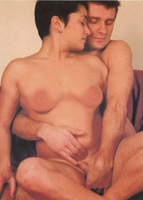
Fig. 1.4. Prolong peak moments beyond bliss into ecstasy.
THE ORIGINS AND HISTORY OF TAOIST SEXUAL PRACTICES
When lovers first touched they invented what we call Love-Shiatsu. Shiatsu is a Japanese word meaning finger-push. Sexual practices have been studied for centuries in both East and West. Chinese and Japanese traditions combined the study of sex with medicine based upon stimulation of certain pressure points. The Yellow Emperor, Huang Ti (26972598 BCE), codified the theory behind the therapy (fig. 1.5). Treatment, he decreed, should vary according to application, whether to heal or to stimulate and sustain sexual desire.
In its beginnings, Chinese medicine was clearly a departure from the practices of ancient shamans, who believed that illnesses were caused by bad spirits. The approach of the Yellow Emperor, on the other hand, linked disease with factors such as diet, lifestyle, age, and environment. His approach was conveyed in the talks that he had with his personal physicians, recorded in the Neijing, the Classic of Internal Medicine. Health and disease were also understood in terms of forces and principles in the universe, particularly yin and yang, the five elements, and chi (life-force energy).
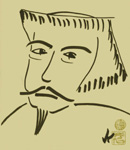
Fig. 1.5. Huang Ti, the Yellow Emperor
Yin and Yang
The concept of yin and yang is based on the dualistic principle of order that brings together contradictory principles and conditions. Yin and yang can stand for night and day, moon and sun, earth and sky, dark and light, cold and warm, matter and energy, or stillness and activity. Neither yin nor yang is considered to be bad or good; they are equally valued aspects of one unity. In Chinese medicine, being healthy means that yin and yang are in equilibrium. Illness results when the balance falls more to the side of either yin or yang.
Next page

